Quantum Computing: Aiming to Solve Problems that Could Not be Solved Previously
Release date: March 17, 2021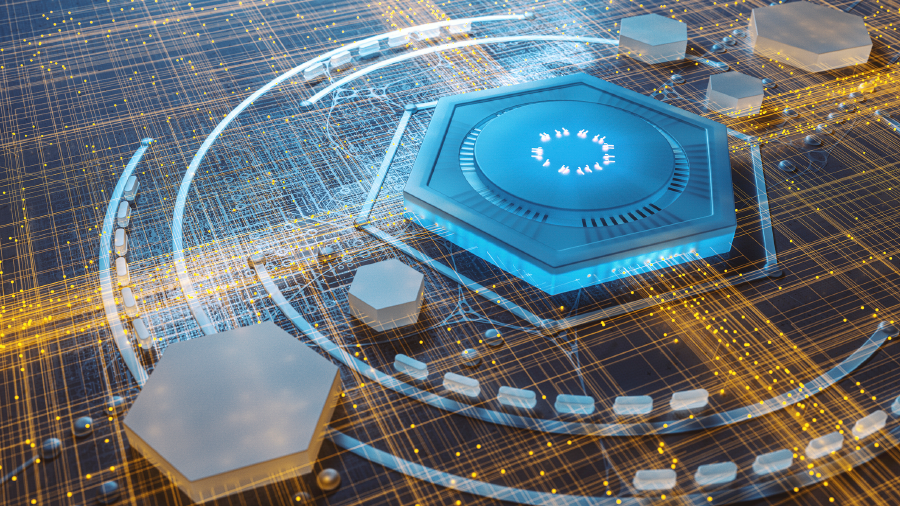
This paper describes new efforts toward the realization of quantum computers.If realized, quantum gate-based quantum computers are said to bring about dramatic improvements in computation speeds and raise expectations for application to various issues that cannot be resolved by classical computers. For example, detailed analyses of electron states of substances and use of these for simulations of the reaction process and catalytic action of substances will allow new materials to be developed. This has the potential to contribute to solutions of energy problems and the enhancement of medical treatments and drug discovery. There are many difficult challenges for realizing quantum computers. Long-term, extensive R&D is required. Through open innovation with influential research institutes around the world, Fujitsu Laboratories has started R&D of quantum computing in all fields, ranging from hardware to software, and from fundamental to applied R&D.
- 1. Overview and history of quantum computers
- 2. Taking on the challenge of high-performance computing
- 3. Issues with the realization of gate-based quantum computers
- 4. Fujitsu’s new initiative through open innovation
- 5. Future prospects
1. Overview and history of quantum computers
Quantum computers are expected to be much more powerful than classical computers, able to solve real-world problems facing society. While classical computers handle minimum units of information as 0 or 1, quantum computers handle the states of 0 and 1 simultaneously and realize dramatic improvement in computing performance.
The idea of a quantum computer goes back a long way: Its research is considered to have started in 1982 when the physicist Richard Feynman advocated the concept of “a computer based on quantum mechanics,” saying that “if you want to make a simulation of Nature, you’d better make it quantum mechanical” [1]. In those days, it was called a theoretical “dream computer.” The discovery of an algorithm for factoring prime numbers by Peter Shor of MIT in 1994 [2] marked the start of the first quantum computer boom. In 1999, a superconducting quantum bit (qubit) was realized [3], and enthusiasm for the realization of quantum computers grew. However, the increase in the number of qubits remained at a level of one qubit in three or four years due to the difficulty in improving the short coherent time of the quantum state and fidelity.
Starting around 2017, the number of superconducting qubits has increased drastically. In October 2019, the number of qubits increased enough to allow the quantum supremacy of 53 qubits to be discussed, and the fidelity and coherent time were improved significantly [4]. This is evidence that mankind is capable of controlling and using quantum computers for computation, which is often compared to the first flight of the Wright brothers. Still, many issues remain to be resolved before practical problems can be solved.
2. Taking on the challenge of high-performance computing
Fujitsu Laboratories is working on improving computing technology to help resolve various problems facing society. With the limit of Moore’s Law approaching, we aim to improve performance of computing systems by making use of general-purpose computing on graphics processing units (GPGPUs) and massively parallel computing clusters. In addition, we have also taken up domain-oriented computing specialized for applications and developed and released the Digital Annealer, which is specialized for optimization problems. Computers that utilize quantum phenomena include gate-based quantum computers and quantum Ising machines. The Digital Annealer is a technology that uses digital processing to realizes a quantum Ising machine [5], drawing the idea from quantum annealing.
Furthermore, Fujitsu Laboratories is working on quantum computing based on new principles for future computing demand.
3. Issues with the realization of gate-based quantum computers
With a look to the future, Fujitsu Laboratories is working on the realization of gate-based quantum computers. Such a system is said to bring about dramatic improvements in computation speeds, and expectations are high for application to various problems that cannot be resolved by classical computers. Its high affinity has made application to quantum chemical calculations a prospective option and, as a specific example, an attempt has been made to discover the mechanism of catalytic action of nitrogenase to generate ammonia (N2+3H2→2NH3). This, if realized, allows ammonia synthesis by the Haber-Bosch process, which usually requires high-temperature and high-pressure processes, to be replaced by low-energy generation processes. This would contribute considerably to solving energy and food problems.
Recently, Google and IBM have started gate-based quantum computers with superconducting qubits. For gate-based quantum computers, various methods have been proposed on top of the superconducting method such as those using silicon quantum dots and ions trapped in an electric field. An increasing number of research institutes are participating all over the world. However, many issues still remain to be resolved before it can be applied to actual problems.
Common challenges with gate-based quantum computers are significant increase in the number of qubits and countermeasures for errors.
The number of qubits has dramatically increased in recent years. It is 53 in the paper [4] on “quantum supremacy” by Google and 65 with IBM’s recent state-of-the-art machine [6]. Quantum computers of up to 1,000 qubits are expected to be realized in the near future. However, an error correction function is indispensable in order to solve practical problems with a quantum computer, and the number of qubits required for the purpose is assumed to be over 1 million. Given the current technology, there is a long way to go and long-term efforts are essential to its realization.
In addition to the issue of the number of qubits, there is a problem of the fragility of qubits to noise in the surrounding environment, which may easily lead to qubit errors. The technology for manufacturing and operating qubits has been improved each year. Today, with a gate fidelity per operation of 99% achieved, execution with an error rate of less than 1% is now in view [4]. However, as the number of qubits increases and the number of computational steps increases, the problem of system error becomes serious with the increase in the scale of computation, because the product of the individual fidelities contributes to the overall system fidelity of the computation. Since further improvement of hardware requires long-term R&D, software-based approaches such as error suppression algorithms [7] must also be taken in parallel.
4. Fujitsu’s new initiative through open innovation
This section describes Fujitsu Laboratories’ efforts to address the challenges of large scale quantum computing and countermeasures for errors.
Research on quantum computing requires knowledge of various technical fields. In addition, there are many different hardware. As shown in Figure 1, Fujitsu Laboratories has begun R&D of a variety of quantum gate methods and error correction technologies in all technical areas, from quantum devices to algorithms and applications, through open innovation.
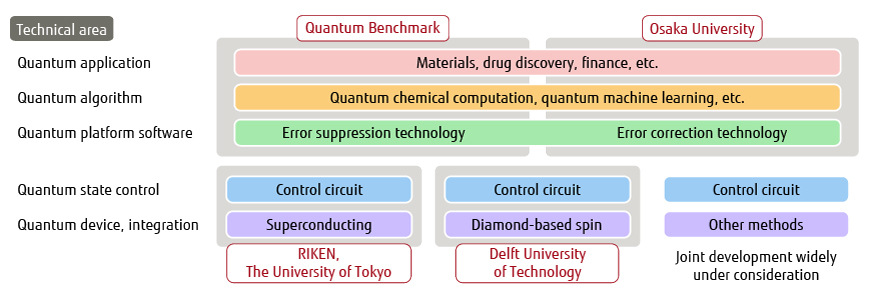
Figure 1 Joint R&D on quantum computing.
4.1 Joint R&D of various quantum gate methods
Fujitsu Laboratories is working on the R&D with the group led by Prof. Yasunobu Nakamura of the Institute of Physical and Chemical Research (RIKEN) and The University of Tokyo (UTokyo), who demonstrated a superconducting qubit for the first time in the world. Superconducting qubit is one of the most advanced and mature technologies in terms of the gate operation, the readout, and manufacturing. The joint research aims to realize a large-scale, high-fidelity quantum computer by combining the original, world-class quantum gate operation, readout, and integration technologies of RIKEN and UTokyo with the strong material, device, circuit, and system technologies of Fujitsu Laboratories.
In addition to the superconducting method, as an emerging method aiming at future breakthrough, we are working on a diamond-based spin method, in which spin states are formed in diamond by introducing impurities such as nitrogen into the diamond to use as qubits [8]. We are currently engaged in joint research with Delft University of Technology on quantum computers using this method. As shown in Figure 2, stable nuclear spins in diamond are used as memory qubits to hold quantum information, and operations between qubits are achieved by using quantum teleportation mediated by light. This technology, which allows higher-temperature operation as compared with the superconducting method and does not require a large dilution refrigerator, is promising for realizing larger-scale systems. In addition, the qubit state of spins can be accessed by light, which leads to the possibility of tolerance to external noise. While this technology is still in the fundamental research phase, we intend to work on it on a long-term basis, as it is a technology that is expected to provide a breakthrough in the realization of large-scale quantum computers in the future.
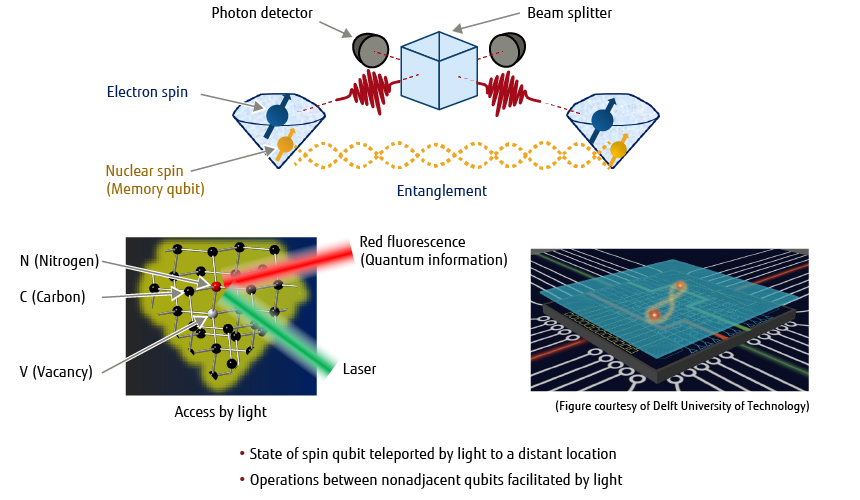
Figure 2 Diamond-based spin quantum computer.
4.2 Joint R&D of error correction technology
The realization of a quantum computer itself is important, but it is most important to apply a quantum computer to actual social problems and find solutions. In order to execute algorithms on quantum computers and obtain useful computation results in the future, technology for suppression of errors and correction of errors will be key.
Fujitsu Laboratories started R&D of error suppression technology and its applied algorithm for NISQ [9] together with Quantum Benchmark Inc. of Canada in April 2020. In this joint research, we will use “randomized compiling” [7] devised by Dr. Emerson of Quantum Benchmark Inc. (QB Inc.), shown in Figure 3, as the basis of work for achieving computation algorithms closer to practical use by adopting customers’ requests relating to formulation developed with the Digital Annealer in addition to Fujitsu’s competitive technologies in materials and devices. “Randomized compiling” is used to eliminate errors inherent in specific gates. For the quantum circuit, multiple equivalent quantum circuits with different gates are generated and executed, and the particular noise can be statically distributed and averaged in these results. Finally, the system fidelity can be improved with statical analysis.
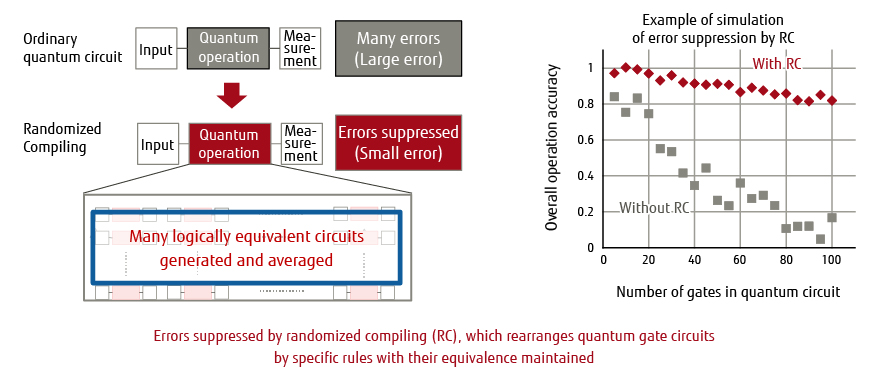
Note) Conceptual diagram of RC application effect based on the technology in reference [7]
Figure 3 Error suppression technology.
Furthermore, for quantum computers of over 1 million qubits beyond the NISQ era, we are engaged in joint research on error correction technology [10] and algorithms for general-purpose quantum computation together with Prof. Keisuke Fujii of Osaka University. By advancing the R&D of new error correction codes and their implementation methods, we intend to combine the results with Fujitsu’s technology for implementing and constructing large-scale computing systems and aim to realize general-purpose quantum computers with an error correction function in the future.
5. Future prospects
Fujitsu Laboratories will work on long-term research on quantum computing for resolving various social issues (Figure 4). We intend to move ahead with R&D leading to practical application in terms of both software and hardware with the aim of utilization of NISQ computers in the near future and large-scale fault-tolerant quantum computers in the further future. To begin with, we aim for the development of practical algorithms for NISQ in a few years. In the long term, we would like to lead the industry by creating innovations in this field together with various collaborating research institutes all over the world and resolve social issues by utilizing quantum computers to contribute to a more sustainable world.
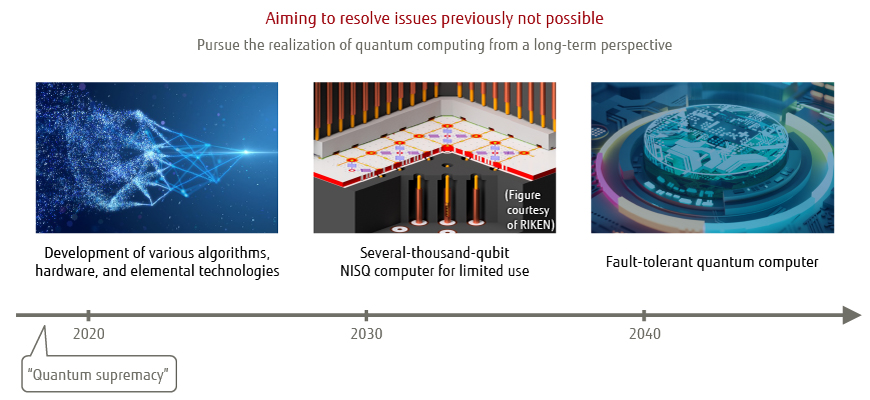
Figure 4 Future prospects.
All company and product names mentioned herein are trademarks or registered trademarks of their respective owners.
References and Notes
- R. P. Feynman: "Simulating physics with computers." International Journal of Theoretical Physics 21, pp. 467–488 (1982).Back to Body
- NISQ: Abbreviation for Noisy Intermediate-Scale Quantum technology. Back to Body
About the Authors
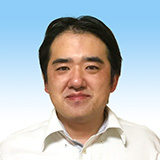
Mr. Doi is engaged in research on quantum computing.
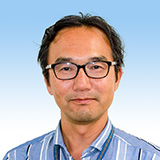
Dr. Sato is engaged in research on quantum computing.
Related Links
- Fujitsu Commences Joint Research with World-Leading Institutions for Innovations in Quantum Computing (Press Release)

- Research on Algorithms with Error Suppression for Quantum Computing (Press Release)

- Digital Annealer - Quantum Computing Technology, Available Today (Official Site)

- RIKEN, Fujitsu Launch Collaborative R&D Center in Japan in First Step Toward Realization of Superconducting Quantum Computers (Press Release)

